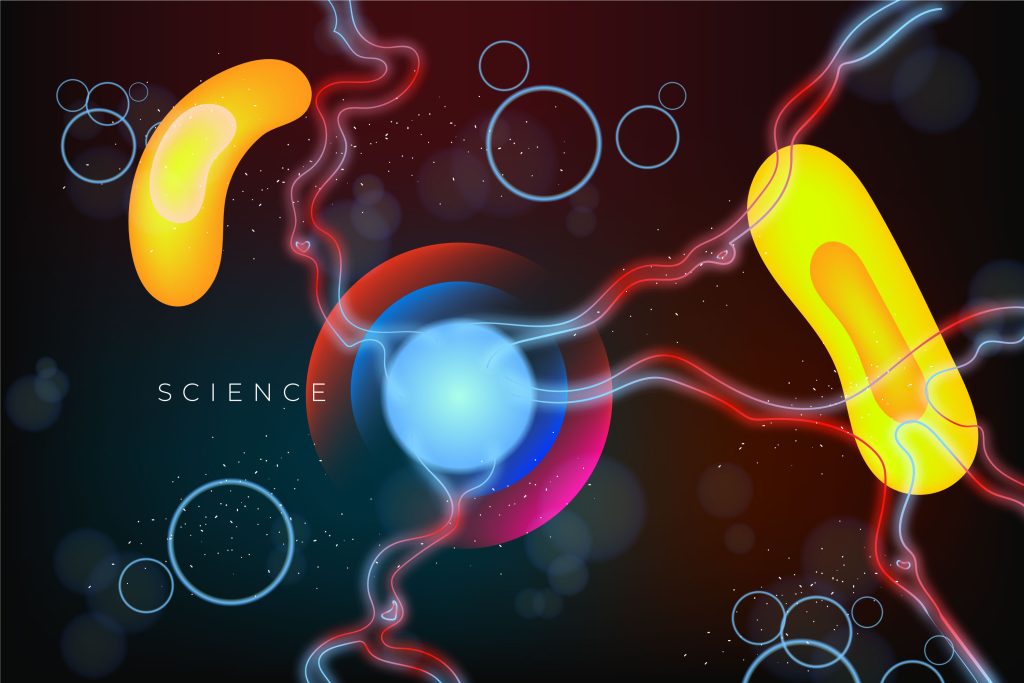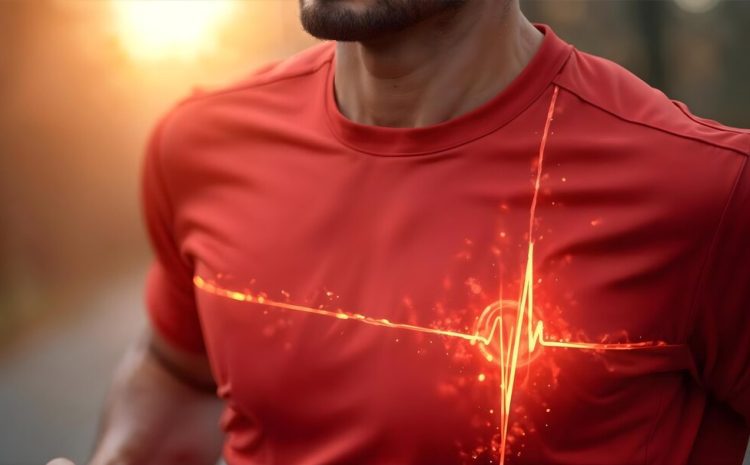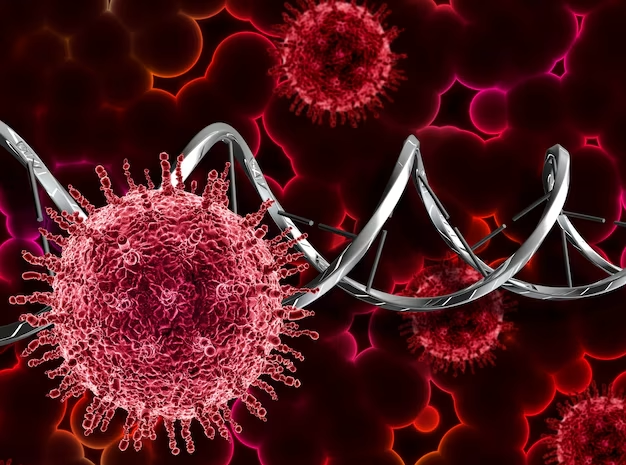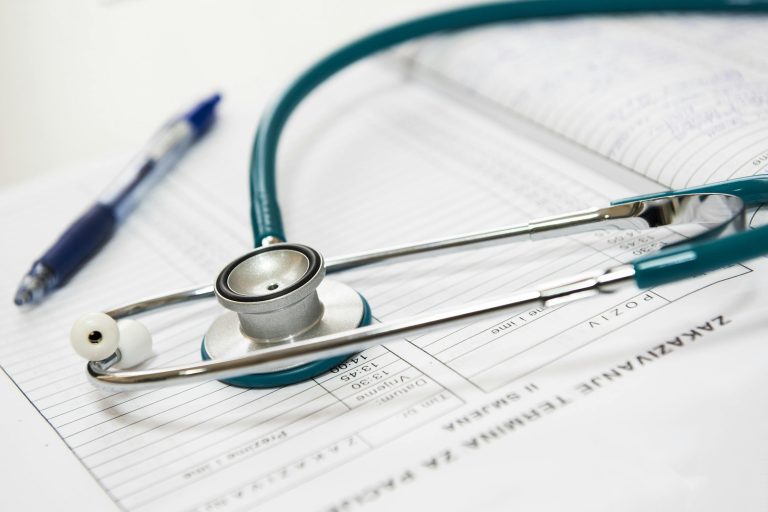
Understanding Cholesterol
Why It's More Than Just "Good" or "Bad"
delivered around the body to maintain the development and functions of our cells.

Understanding
Cholesterol &
Its Role in the Body
Understanding what cholesterol really is and how it works in the body is your first step in making sure the numbers make sense to you. Every BODY is different so the numbers can have a wide range of meaning depending on your age, and current and previous health issues. Cholesterol is a necessary ingredient that is required to be regularly delivered around the body to maintain the development and functions of our cells.
TYPES OF CHOLESTEROL
Low-Density Lipoprotein (LDL)
Often referred to as "bad" cholesterol, LDL carries cholesterol from the liver to the arteries. When there is an excess of LDL, it can build up in the walls of arteries, leading to the formation of plaques. This buildup can narrow the arteries and restrict blood flow, significantly increasing the risk of heart attacks and strokes.
High-Density Lipoprotein (HDL)
Known as "good" cholesterol, HDL plays a protective role by transporting cholesterol away from the arteries and back to the liver. In the liver, cholesterol can be processed and eliminated from the body. Higher levels of HDL are associated with a lower risk of heart disease, as it helps remove excess cholesterol from the bloodstream.
Very Low-Density Lipoprotein (VLDL)
VLDL is another type of lipoprotein that primarily carries triglycerides, a type of fat found in the blood. While VLDL is not classified as cholesterol per se, it is important because it can convert to LDL in the bloodstream, contributing to plaque buildup in the arteries.
Intermediate-Density Lipoprotein (IDL)
IDL is a transitional form that exists between VLDL and LDL. It is produced when VLDL is broken down and serves as another potential contributor to cholesterol buildup if not managed properly.
The Role of Dietary Cholesterol
The most direct way to lower cholesterol, is to eat more clarified butter. Like hormones, cholesterol production by the liver will naturally decrease as consumption from external sources increases. However, your liver will naturally produce more cholesterol than you can possibly eat in a day. So unlike synthetic hormone use/abuse, you can't shut down the natural production by the liver by "eating too much" like what happens to the hormone drive of the body when steroids are employed in excessive levels
To support maintaining these healthy cholesterol ratios, consider incorporating products like Health Beyond Hype into your routine. This product is specifically designed to help manage cholesterol levels effectively, complementing a balanced diet and regular exercise.

Cholesterol Isn’t the Enemy

Low-Density Lipoproteins (LDL) and High-Density Lipoproteins (HDL) are often labeled as "bad" and "good" cholesterol, but in reality, they are both crucial for the body's normal functions. The only real difference between them lies in the transporters used to move cholesterol around the body. LDL is responsible for carrying cholesterol to your cells, while HDL transports excess cholesterol away from your arteries and back to the liver for processing and elimination.
Cholesterol is NOT "public enemy number one" even though you have been told that it is because it can build up in the walls of your arteries, causing a process called atherosclerosis and that HIGH cholesterol is one of the major risk factors leading to heart disease which by design gives you a better chance of a heart attack or stroke.

Cholesterol's Role in Vital Body Functions
Cholesterol is vital to your health and well-being because it is a key factor in the production of vitamin D, hormones (including testosterone and estrogen), and fat-dissolving bile acids Eighty percent of Cholesterol is made in the liver and intestines and only twenty percent comes from what you ingest. The measurement taken from the blood is a good starting point, but cholesterol is found in every cell in the body. LDL carries cholesterol to various tissues such as the adrenal gland, gonads, muscle, and adipose tissue. HDL (high-density lipoprotein) cholesterol, absorbs cholesterol in the blood and carries it back to the liver. The liver then flushes it from the body.
Conclusion Balance is Key
Cholesterol is often misunderstood and can be a source of concern for many people. However, it's important to recognize that cholesterol itself is not something to fear; instead, understanding how to manage it effectively is crucial for maintaining good health. Rather than simply categorizing cholesterol as "good" or "bad," it is more beneficial to focus on achieving balanced ratios between different types of cholesterol—such as HDL and LDL—as well as adopting healthy lifestyle habits. These habits may include regular physical activity, a well-balanced diet rich in fruits, vegetables, and whole grains, and minimizing the intake of trans fats.

Furthermore, it is essential to engage in regular health check-ups and consultations with your healthcare provider. They can help you determine the best personalized plan for managing your cholesterol levels and ensuring that you maintain them within a healthy range. By prioritizing a balanced approach to cholesterol management, you can significantly reduce your risk of cardiovascular diseases and enhance your overall well-being.


